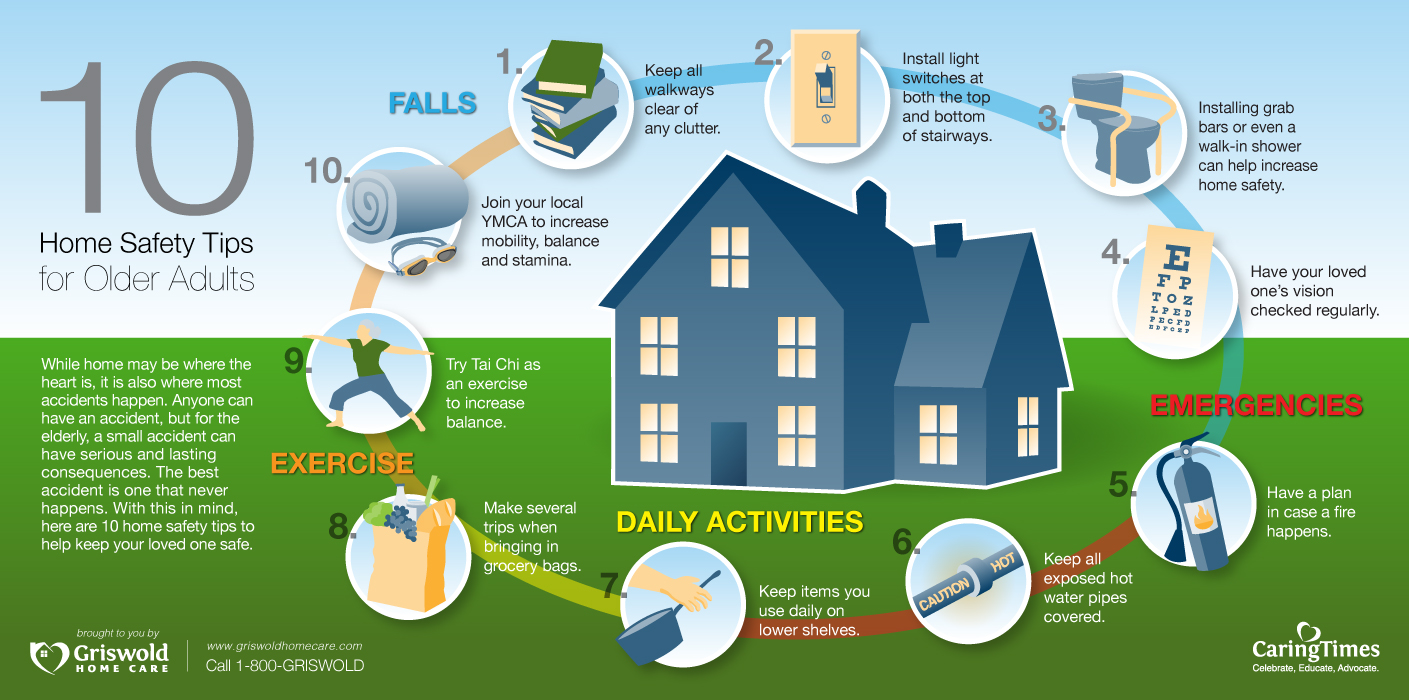Weather Condition'S Impact On Roof Installation: Ideal Seasons And Issues For Accomplishing Success
Weather Condition'S Impact On Roof Installation: Ideal Seasons And Issues For Accomplishing Success
Blog Article
Post By-Terry Mouritzen
When it concerns roofing installations, the weather can make or break the job. Visualize the irritation of handling products that won't comply as a result of extreme warmth or fighting slippery surface areas triggered by unexpected rainfall. Understanding the effect of climate condition on your roofing task is vital for a successful end result. So, let's explore just how different weather aspects can influence the quality and durability of your roof covering installation, ensuring a task well done.
Impact of Temperature Level on Roofing System Installation
When it involves roofing installation, temperature level plays a vital role while doing so. The perfect temperature for roof covering projects usually falls between 45 and 85 degrees Fahrenheit. gutter cleaner service can cause products like tiles to become too flexible, causing potential damages throughout installation. On the other hand, cool temperatures can make products breakable and vulnerable to breaking. It's important to schedule roof covering setups during moderate temperature levels to make certain the most effective outcome.
During cooler climate, specialists might need to take extra safety measures such as using warmed devices or allowing materials to warm up before installation.
On the other hand, heat may require job to be done earlier or later on in the day to avoid the peak temperatures. By taking into consideration the temperature level and its impacts on roof covering materials, you can help guarantee an effective installment that will certainly stand up to the aspects for years ahead.
Effect of Rainfall on Roof Projects
Roof covering jobs can be dramatically influenced by precipitation, affecting both the timeline and the high quality of the setup. Rain or snow can produce slippery conditions, making it harmful for contractors to service a wet surface area. In flooring installation far west side , dampness can compromise the bond of materials like roof shingles or underlayment, resulting in potential leakages or damages in the future.
If it rains during a roof covering task, the water can permeate right into vulnerable locations, causing delays as the setup staff have to wait for the roof covering to dry before continuing. Excessive moisture can additionally promote the growth of mold and mildew, further threatening the integrity of the roof.
To prevent these problems, it's advised to schedule roof covering jobs during drier periods or keep an eye on the weather forecast carefully to plan around any prospective rainstorms. By taking preventative measures to operate in beneficial weather, you can ensure a smoother and more successful roofing setup procedure.
Influence of Wind Rate on Setup Success
During roof covering setup, the speed of the wind plays an important role in figuring out the success of the task. High wind speeds can posture substantial obstacles to contractors, possibly resulting in security hazards and quality problems. When wind rates surpass advised limitations, it becomes challenging to deal with materials, raising the threat of accidents and damage to the roof covering products. Strong gusts can likewise impact the precision of dimensions and the precision needed for appropriate installation.
To make certain an effective roofing system installation, it's important to monitor and consider wind speeds. Ideally, roof covering installation ought to take place on days with low to moderate wind speeds. This not only boosts the safety of the workers but likewise enhances the overall top quality of the installment.
Roof tasks scheduled during calm climate condition are more probable to be completed efficiently and with less errors. By taking https://your-roofing-company73840.dbblog.net/5759557/what-is-the-ideal-interval-for-carrying-out-roofing-inspections of wind rate projections and preparing accordingly, you can help make sure a smooth and successful roofing system setup process.
Final thought
So, when it concerns roofing system setup, keep in mind to consider the weather conditions to make certain an effective job. Optimal temperature levels, dry conditions, and modest wind rates are key factors to prioritize for a smooth setup process. By scheduling your project throughout the most effective periods and excellent weather conditions, you can achieve a durable and long-lasting roof that will secure your home for many years ahead.
